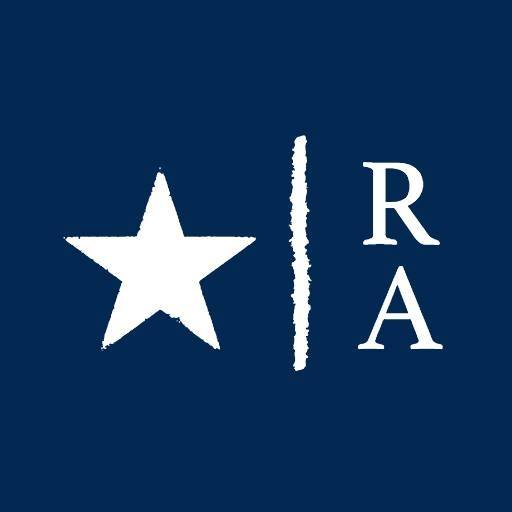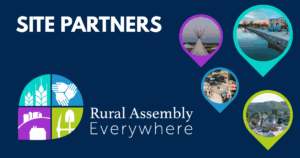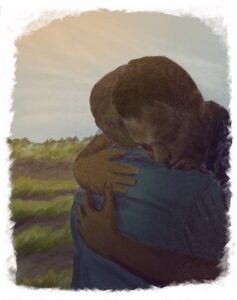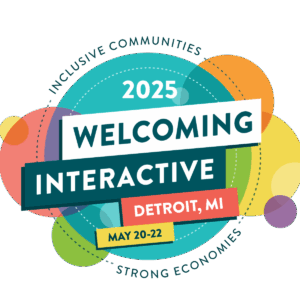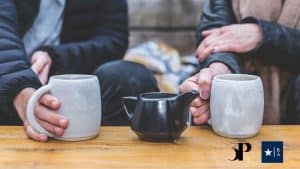The 3G Shutdown: How it Impacts Rural Consumers

This year, all major mobile providers will shut down their 3G networks.
3G technology is around two decades old, and while it makes sense to repurpose technology and resources toward systems that serve us better, the downside is that cellphones, alarm systems and other devices that run on 3G will become obsolete overnight.
And that could be a problem for rural consumers who still depend upon those systems and devices to stay connected to family, work, and emergency services.
Many folks will need to upgrade their devices so they can stay connected to internet and emergency services like 911, and we know cost will be a significant barrier.
Some mobile providers are offering upgrade deals during the transition, but there are currently no government programs that cover the cost of those devices.
Does this technology transition affect you, your family, your community? Let us know at [email protected]. If you’re not sure if you’re affected, contact your mobile carrier.
Resources for navigating this transition
You may be eligible for assistance with the cost of internet or phone services through government programs like Lifeline or the new Affordable Connectivity Program, which replaces the Emergency Broadband Benefit.
The FCC offers this guide to help you navigate the transition and find out if you are eligible for assistance.
How well are these programs working?
How well are these assistance programs working for rural families?
Daily Yonder correspondent Kristi Eaton reports that the most recent Emergency Broadband Benefit reached only a fraction of rural households. Read more at Daily Yonder.
Get Rural Advocacy Emails
Do you receive the Rural Assembly’s weekly rural advocacy email? Sign up now.
